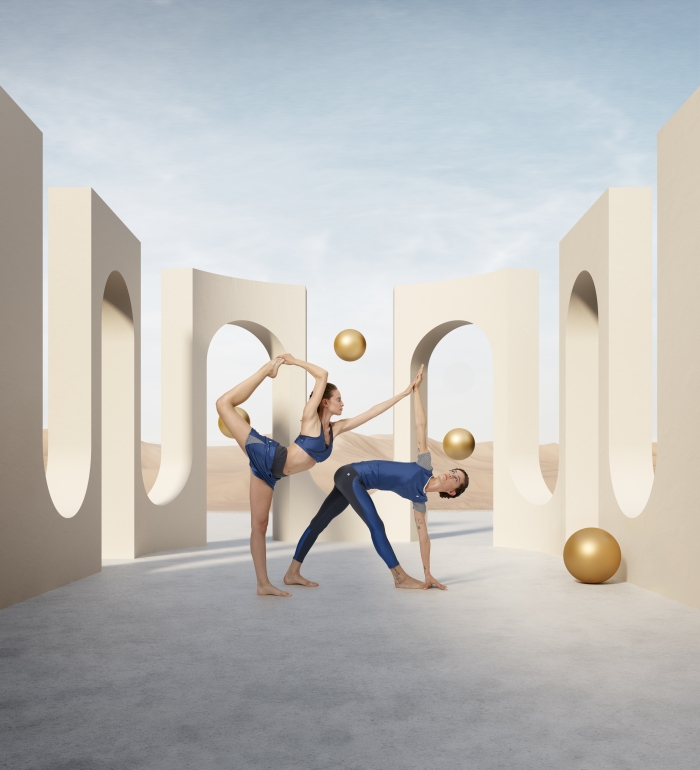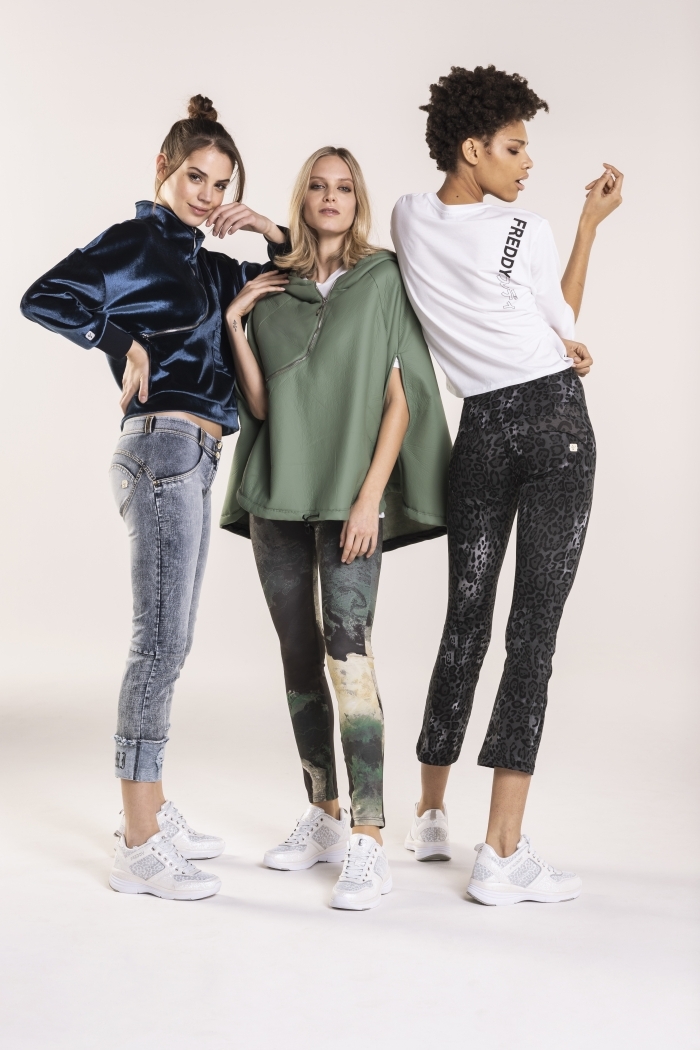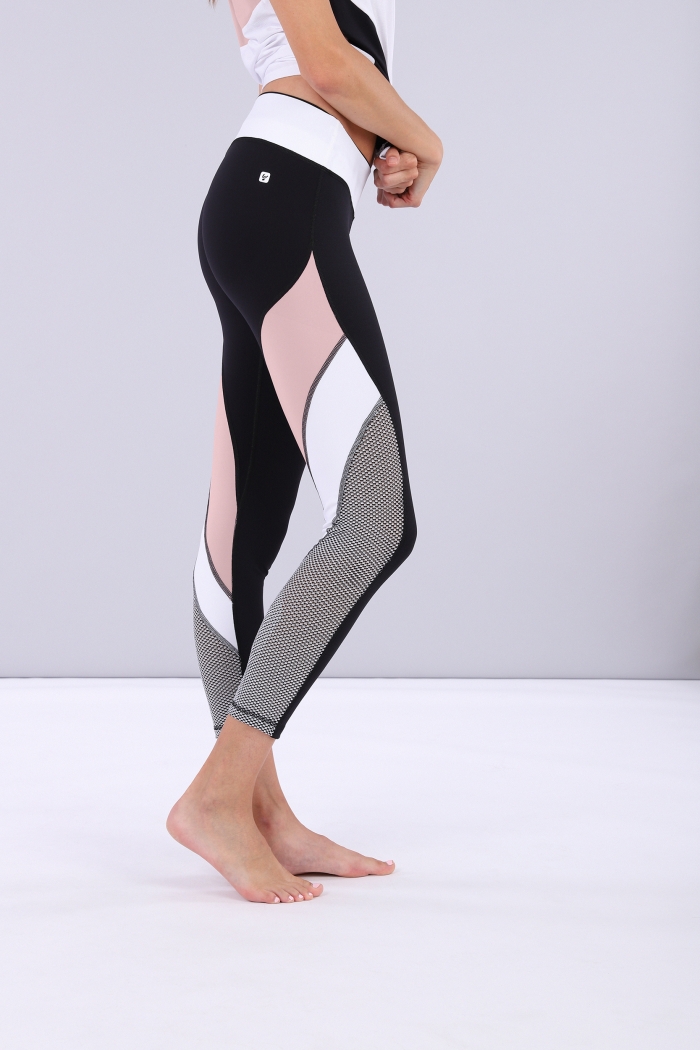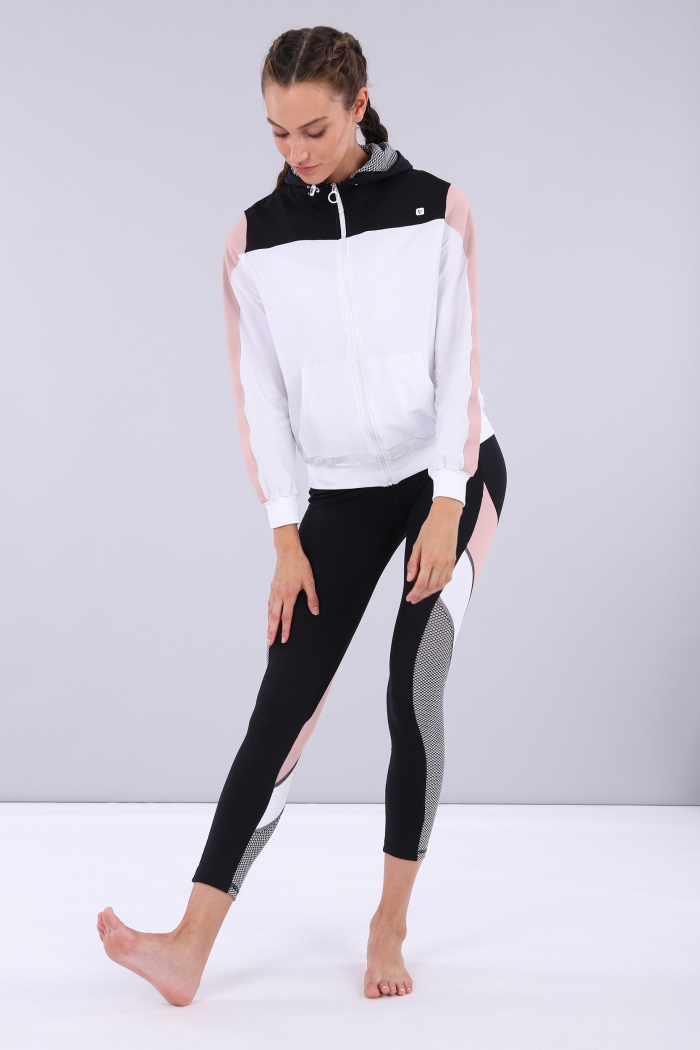The Real Deal on Workout Leggings: What to Actually Buy and How to Make Them Last
You know, after years in the fitness world, you start to notice patterns. People often come to their first session thinking we’re going to dive straight into some wild, complex workout. But honestly? The first conversation we have is almost always about something far more basic: “Okay… so what am I supposed to wear?”
In this article
And it’s a great question! Stepping into a gym for the first time can feel like you’ve landed in a foreign country with its own language and customs. The right gear isn’t just about looking the part; it’s your uniform for the work ahead. It boosts your confidence, helps you move better, and, frankly, the wrong stuff can totally ruin your workout. I’ve seen cheap leggings cause chafing, restrict movement, and even lead to some… well, let’s just say embarrassing moments.
So, think of this as the real talk I have with all my clients. We’re cutting through the marketing hype to get to what actually matters. We’ll get into the nitty-gritty of fabrics, how to find a fit that feels like a second skin, and yeah, we’ll cover why everyone loves high-waisted leggings (and if they’re right for you). Let’s gear up.

Behind the Seams: Understanding Your Fabric
Before you can pick the perfect pair, you gotta know what you’re buying. The material blend is everything—it dictates your comfort, your performance, and how many washes your leggings will survive. This isn’t lab knowledge; this is battlefield knowledge from seeing what holds up after thousands of squats and miles on the treadmill.
The Most Important Job: Managing Sweat
Job number one for any piece of workout clothing is handling sweat. This is where “moisture-wicking” comes in, and no, it’s not just a fancy marketing term. Most performance fabrics like polyester and nylon are naturally hydrophobic, which is a science-y way of saying they hate water.
Instead of soaking up sweat like a cotton t-shirt, these fabrics pull moisture off your skin and push it to the outer surface of the clothing. From there, it evaporates super fast. This is why you should always, always avoid 100% cotton for a serious workout. Cotton is hydrophilic—it loves water. It just holds onto sweat, leaving you with a heavy, clammy, and chafing mess. In cooler weather, that wet layer can even make you dangerously cold after you stop moving.

The Perfect Blend: What’s on the Tag?
You’ll almost never find leggings made from a single fabric. They’re always a team effort, and here are the main players:
- Polyester: This is the workhorse of activewear. It’s tough, great at wicking sweat, and keeps its shape. The only downside is that it can sometimes hold onto odors if you don’t wash it right. More on that later!
- Nylon: Oh, nylon. It’s known for being incredibly soft, smooth, and strong. It just feels more luxurious than polyester, which is why you’ll often find it in leggings designed for yoga or Pilates where that buttery-soft feel is everything.
- Spandex (also called Lycra or Elastane): This is the magic ingredient. Spandex is what gives leggings their incredible stretch and snap-back. A typical pair will have anywhere from 10% to 25% spandex. Without it, your leggings would be baggy at the knees after your first lunge.
A good rule of thumb? An 80/20 polyester/spandex blend is a fantastic all-rounder for most gym activities. If you see a nylon/spandex blend, expect something a bit silkier.

The All-Important ‘Squat-Proof’ Test
We’ve all heard horror stories about see-through leggings. This usually comes down to fabric weight and quality. While you won’t see a
Inspiration Gallery

Ever wondered why some leggings have those visible, flat-looking stitches? They’re not just for show.
That’s a flatlock seam, and it’s a key indicator of high-quality activewear. Unlike traditional seams that have a raised edge on the inside, flatlock stitching lies completely flat against your skin. This drastically reduces chafing, especially during repetitive movements like running or cycling. It’s a detail you’ll often find in premium brands like Lululemon or Athleta, designed for maximum comfort during intense workouts. It also makes the leggings more durable by distributing stress more evenly across the stitch line.









